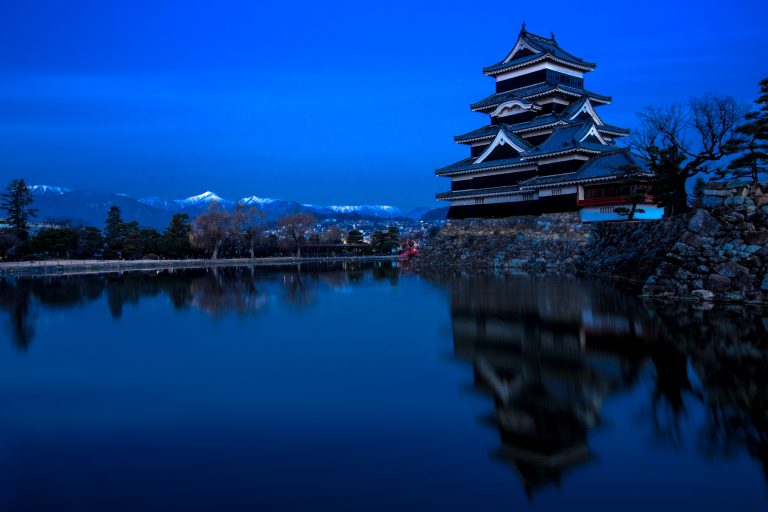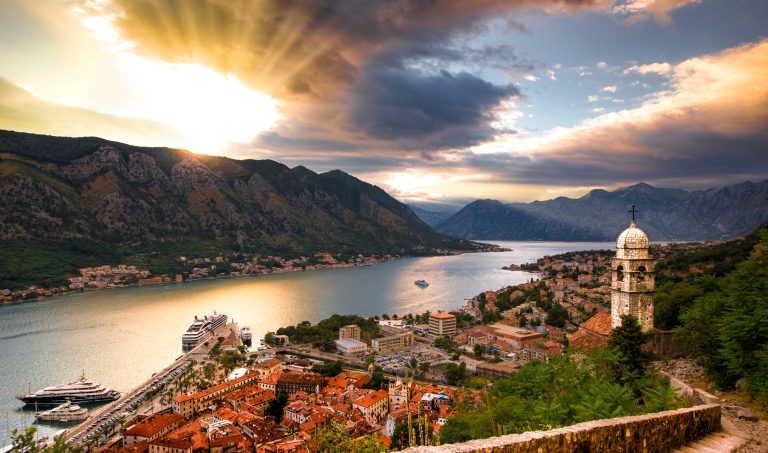
Well, this is not an ode exactly – my lyrical leanings aren’t anything to write about. But I felt like waxing poetic nonetheless about the newest acquisition in the Rowdy Planet camera gear arsenal.
A few months ago, we purchased the sepctacular Fuji X-T20 – the younger sibling of the better known Fuji X-T2. In our recent travels to Czech-Slovakia-Hungary, we ended up carrying both, the complete (trinity) set of lenses / peripherals for the Canon 6D and also the complete set of lenses (trinity) / peripherals for the Fuji X-T20.
Completing this trip with both – a full-frame DSLR and a crop-sensor mirrorless – has changed my travel photography gear outlook forever. Which leads me to the ode to Fuji that I am about to embark upon.
Taking stock of all the images we took during the trip, including 3-exposure bracketed images, the totals raked up as follows –
- Canon 6D: 863 exposures
- Fuji X-T20: 2536 exposures
That’s a whopping ~75% of photographs on the mirrorless. And it wasn’t intentional.
So why this change in faith?

First off, no points for guessing which bag required months of prep work before the trip on shoulder and back muscle strength training, while the other bag fluttered feather-like into the icy cold breeze (gusts) that blew over old Charles Bridge at 5 am. Carrying the DSLR suddenly became a chore. How did I ever carry this bag of bricks over 672 steps on our way up the Kotor fortress? Why would I ever torture myself again like an Egyptian carrying stone blocks for the Giza pyramid under the orders of the Photography Gods?
Secondly, the lenses. The folks at Fuji know how to bend the laws of physics to make lenses that are crazy sharp. Canon is no slouch in the lens department, but the Fuji images are luxuriously sharp. And to top it off, since these are all built for a crop-sensor, they are extremely small and lightweight, unlike their Sony counterparts that end up negating all the weight / size savings of their mirrorless line by adding lens bulk.
Third, the ergonomics. Everything is on a dial or a button, and you can intuitively set all of them, literally with your eyes closed. Well, not closed exactly, but with your eyes peering through the viewfinder looking at your composition, I was able to dial up exposure compensation, ISO settings, shutter speeds and see their impact on the resulting image. That was a huge win in near-darkness pre-sunrise or post-sunset, or when the scene was changing constantly in front of me, or while doing street photography and capturing the split second, and it became second nature so quickly that it became a disability on the Canon.
And finally, if you don’t like spending hours in front of Lightroom or Photoshop, the out of camera JPEGs from the Fuji are exceptionally clean and well processed, and with their iOS/Android apps, these can also be easily uploaded to your social media accounts.
The one drawback pixel peepers, inlcuding me, do have is that noise is definitely lower / cleaner on a full frame sensor like the 6D over long exposures, and that was the only reason the Canon got any airtime at all. And secondly, the 50MB files are a drag on Lightroom even on the latest 5K iMac.
All of this shouldn’t come as a surprise really. The Fuji X-T2 recently got named as the best Travel Camera by National Geographic magazine for 2017, and the X-T20 came in 11th.
As The PhotoBlogger mentions, the X-T20 is 90% of the X-T2’s capabilities with 100% of the image quality, at half the price, while also being even more compact, making me a convert forever.


